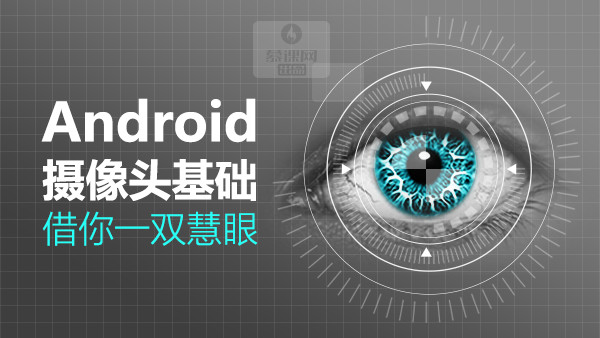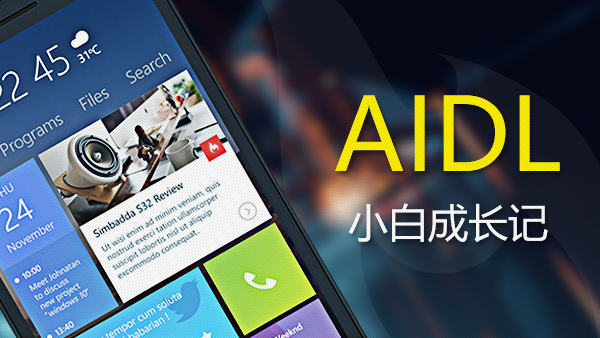在前面三期中我们对LinearLayout进行了详细的解析,LinearLayout也是我们用的比较多的一个布局。但在实际开发中使用LinearLayout远远不够,我们本期一起来学习RelativeLayout。
一、认识RelativeLayout
RelativeLayout,又叫相对布局,使用RelativeLayout标签。相对布局通常有两种形式,一种是相对于容器而言的,一种是相对于控件而言的。
下表显示了RelativeLayout支持的常用XML属性及相关方法的说明。为了控制该布局容器中各子组件的布局分布,RelativeLayout提供了一个内部类: RelativeLayout.LayoutParams,该类提供了大量的XML属性来控制RelativeLayout布局容器中子组件的布局分布。
在相对于容器定位的属性主要有以下几个,属性值为true或false。
· android:layout_centerHorizontal:控制该组件是否和布局容器的水平居中。
· android:layout_centerVertical:控制该组件是否和布局容器的垂直居中。
· android:layout_centerInparent:控制该组件是否和布局容器的中央位置。
· android:layout_alignParentTop:控制该组件是否和布局容器的顶部对齐。
· android:layout_alignParentBottom:控制该组件是否和布局容器的底端对齐。
· android:layout_alignParentLeft:控制该组件是否和布局容器的左边对齐。
· android:layout_alignParentRight:控制该组件是否和布局容器的右边对齐。
· android:layout_alignParentStart:控制该组件是否和布局容器的开始对齐。
· android:layout_alignParentEnd:控制该组件是否和布局容器的末端对齐。
· android:layout_alignWithParentIfMissing:如果对应的兄弟组件找不到的话就以父容器做参照物。
在相对于其他组件定位的属性主要有以下几个,属性值为其他组件的id。
· android:layout_toLeftOf:本组件在某组件的左边。
· android:layout_toRightOf:本组件在某组件的右边。
· android:layout_toStartOf:本组件在某组件开始端。
· android:layout_toEndOf:本组件在某组件末端。
· android:layout_above:本组件在某组件的上方。
· android:layout_below:本组件在某组件的下方。
· android:layout_alignBaseline:本组件和某组件的基线对齐。
· android:layout_alignTop:本组件的顶部和某组件的的顶部对齐。
· android:layout_alignBottom:本组件的下边缘和某组件的的下边缘对齐。
· android:layout_alignRight:本组件的右边缘和某组件的的右边缘对齐。
· android:layout_alignLeft:本组件左边缘和某组件左边缘对齐。
· android:layout_alignStart:本组件的开始端和某组件开始端对齐。
· android:layout_alignEnd:本组件的末端和某组件末端对齐。
除此之外,RelativeLayout.LayoutParams 还继承了 android view. ViewGroup.MarginLayoutParams,因此 RelativeLayout 布局容器中每个子组件也可指定 android.view.ViewGroiip.MarginLayoutParams所支持的各XML属性。
二、示例
接下来通过一个简单的示例程序来学习RelativeLayout的使用用法。
继续使用app/main/res/layout/目录下的activity_main.xml文件,在其中填充如下代码片段:
[代码]xml代码:
001 002 003 004 005 006 007 008 009 010 011 012 013 014 015 016 017 018 019 020 021 022 023 024 025 026 027 028 029 030 031 032 033 034 035 036 037 038 039 040 041 042 043 044 045 046 047 048 049 050 051 052 053 054 055 056 057 058 059 060 061 062 063 064 065 066 067 068 069 070 071 072 073 074 075 076 077 078 079 080 081 082 083 084 085 086 087 088 089 090 091 092 093 094 095 096 097 098 099 100 101 102 |
|
运行程序,可以看到界面效果:
到此,RelativeLayout的示例结束,关于RelativeLayout的更多用法可以参照上面的XML属性和方法参照表,建议多动手练习。
今天就先到这里,如果有问题欢迎留言一起探讨,也欢迎加入Android零基础入门技术讨论微信群,共同成长!

 随时随地看视频
随时随地看视频




